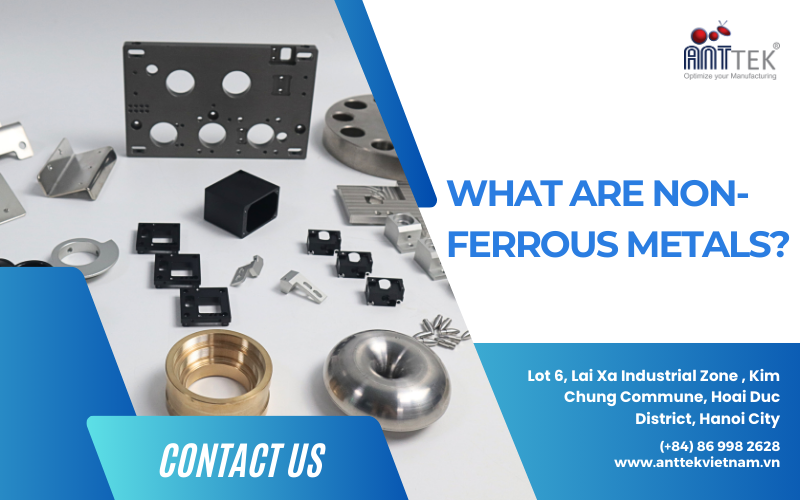Metal surfaces are widely used in various industries and everyday applications due to their strength, durability, and versatility. However, one common challenge that metal faces is the development of rust, which can compromise its integrity and aesthetics. Rust, also known as iron oxide, occurs when metal reacts with oxygen and moisture. To ensure the longevity and performance of metal surfaces, it’s crucial to implement preventive measures.
Causes of metal surface rust
Oxygen (O2)
Oxygen is a crucial component in the process of corrosion. Most metals undergo oxidation, a chemical reaction in which they combine with oxygen to form metal oxides. The presence of oxygen in the air is sufficient to initiate the rusting process on exposed metal surfaces.
Moisture
Moisture, particularly water, accelerates the rusting process. Water facilitates the flow of electrons in the oxidation process, leading to the formation of metal oxides. High humidity levels or direct exposure to rain, dew, or other sources of water increase the likelihood of rust formation on metal surfaces.
Metal Type
Different metals exhibit varying degrees of susceptibility to rust. For example, iron and steel are highly prone to rusting, while metals like aluminum and stainless steel are more corrosion-resistant. The composition of the metal influences its reactivity with oxygen and moisture, impacting the speed at which rust develops.
Acids and Salts
Exposure to acids and salts can accelerate the corrosion process. Industrial environments, coastal areas with salt-laden air, or exposure to chemicals can increase the risk of rust formation. Acidic substances can react with the protective oxide layer on metal surfaces, making them more vulnerable to corrosion. Temperature Fluctuations
Extreme temperatures can contribute to the expansion and contraction of metal surfaces, creating microscopic cracks. These cracks provide pathways for oxygen and moisture to reach the underlying metal, promoting rust. Rapid temperature changes, such as freeze-thaw cycles, can exacerbate the impact of environmental factors on metal surfaces.
Abrasion and Scratching
Physical damage to the protective coatings or surfaces of metal objects can expose the metal to the environment, facilitating the onset of rust. Scratches, dents, or abrasions compromise the integrity of protective layers, allowing oxygen and moisture to penetrate and initiate corrosion.
How to prevent rust on metal surfaces
Protective Coatings
One of the most effective ways to prevent rust on metal surfaces is to apply protective coatings. There are several types of coatings available, including paint, enamel, and varnish. These coatings create a barrier between the metal and the external environment, preventing exposure to oxygen and moisture. Choose coatings specifically designed for metal surfaces and ensure proper surface preparation before application for optimal adhesion.
Galvanization
Galvanization involves coating metal surfaces with a layer of zinc. Zinc is highly corrosion-resistant, and when applied to metal, it forms a protective layer that acts as a sacrificial barrier. This means that if the coating is scratched or damaged, the zinc sacrifices itself to protect the underlying metal. Galvanization is commonly used in outdoor structures, fencing, and industrial applications.
Regular Cleaning
Keeping metal surfaces clean is a simple yet effective way to prevent rust. Regularly remove dirt, grime, and other contaminants that can trap moisture against the metal. Use mild detergents and non-abrasive cleaning tools to avoid damaging the protective coatings. Pay special attention to areas that are often overlooked, such as crevices and joints where moisture can accumulate.
Appropriate Storage
Proper storage plays a crucial role in preventing rust on metal items. Store metal objects in a dry environment with controlled humidity levels. Avoid placing metal items directly on concrete floors, as concrete can absorb and release moisture. Elevate metal objects or use moisture-absorbing materials, such as silica gel packets, to maintain a dry storage environment.
Regular Inspections
Frequent inspections of metal surfaces can help identify early signs of corrosion or damage. Addressing these issues promptly can prevent rust from spreading and causing more significant problems. Look for scratches, dents, or areas where protective coatings may be compromised. Touch up or reapply coatings as needed to maintain a consistent layer of protection.
Anttek Vietnam – Prestigious and quality CNC processing unit
Anttek Vietnam is proud to be a leading CNC designer and machinist, providing high-quality and reliable products to customers. With many years of experience in the field of jig design and processing, Anttek Vietnam has been a reliable partner for domestic and foreign customers.
For details, please contact:
- Address:Lot G07, Kien Hung Land QSD Auction, Kien Hung Ward, Ha Dong District Ha Noi City, Vietnam
- Factory: Lot 6, Lai Xa Industrial Zone, Kim Chung Commune, Hoai Duc District, Hanoi City, Vietnam
- Hotline:( +84)988 688 336
- Email:truong.nx@anttekvietnam.com
- Website: https://anttekvietnam.vn
Achieving clean metal surfaces in precision machining is a critical step in ensuring the quality and performance of machined parts. By incorporating the right cleaning techniques and following industry best practices, manufacturers can maintain product accuracy and reliability that meets the stringent needs of modern technical applications




